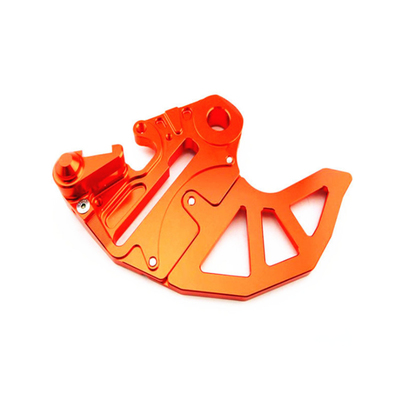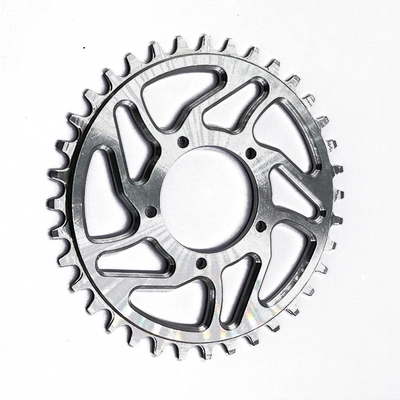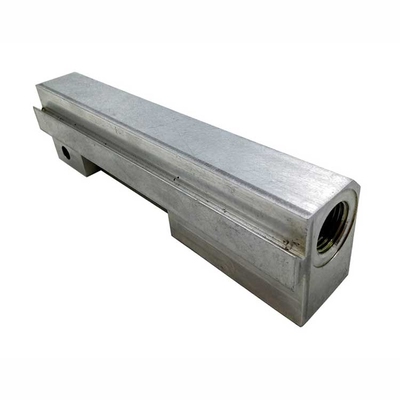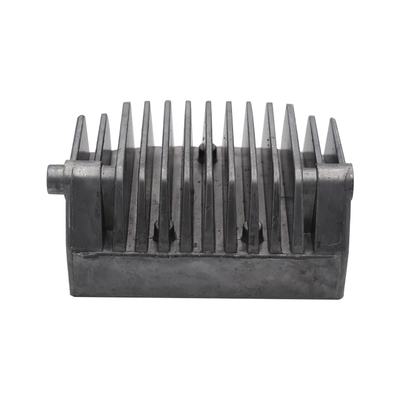The foundry industry is expected to become a "leader"
3D printing combines the advantages of large-scale production and personalized manufacturing, realizes a high-efficiency, low-cost production method, and represents the direction of future intelligent manufacturing. With the commercial application of 3D printing technology in the consumer electronics industry, aerospace industry, automobile manufacturing, biomedicine, and personalized consumer products, it has greatly improved the production efficiency and production accuracy of the manufacturing industry, and at the same time played a good role in reducing materials and energy saving. Effect.
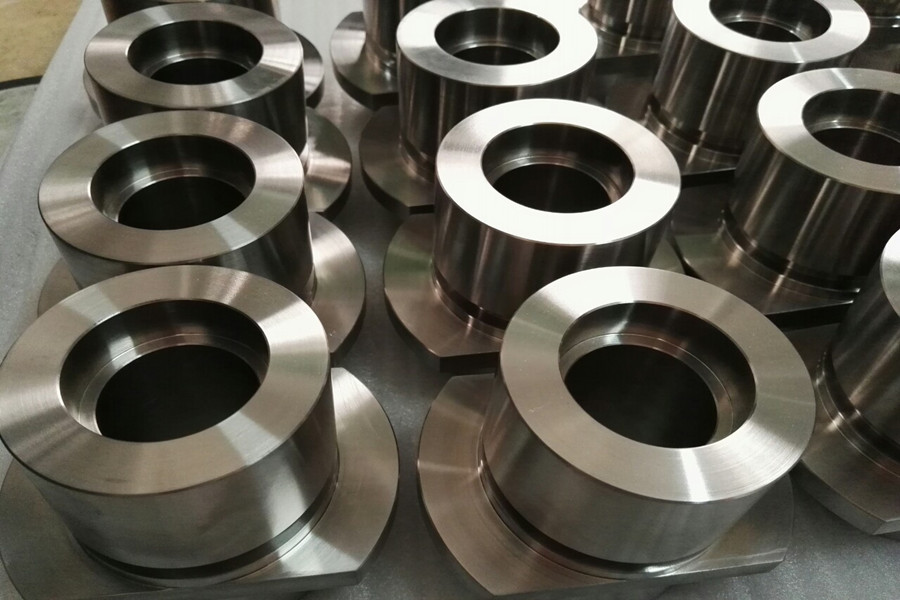
At present, 3D printing is gradually moving from the experimental stage to the application stage. The market demand for 3D printing is no longer limited to printing model components. The application of 3D printing to industrial prototypes (Prototype) is currently the most closely integrated technology in the field of industrial production. One of the application directions. According to "The State of 3Dprinting, Edition 2017" recently released by Sculpteo, the application of prototypes accounted for 34% of the entire technical application, and the verification of concept products (Proof of Concept) accounted for 23% , The superposition of the two has exceeded more than 50% of the entire 3D printing technology application.
3D printing development bottleneck needs to be broken
Even though the market prospects are optimistic, there is still an insurmountable gap between reality and ideals in the short term. Generally speaking, 3D printing is still advancing slowly, mainly due to the following factors: First, the business model of 3D printing is single. The inability to share this technology without purchasing equipment has caused many users to continue to wait and see; secondly, there is a serious shortage of talents, and professionals who truly understand and even apply 3D printing technology are very scarce; in addition, 3D printing requires less supply of raw materials and higher prices. In addition, the consumer market's insufficient understanding of additive manufacturing, coupled with the high cost and maintenance costs of industrial-grade additive manufacturing equipment, has discouraged small and medium-sized enterprises and required a longer period of market cultivation. In addition, materials are also an important factor hindering the continuous development of 3D printing. Although there are more than a thousand kinds of materials that can be used in the field of 3D printing, they are not enough compared with the needs of industrial development. Moreover, the situation that key materials are basically dependent on imports will not be changed, which will have a serious impact on the sustainable development of my country's 3D printing industry.
Overall planning and layout to survive adversity
Any new thing from birth to maturity is a process of breaking through the cocoon and becoming a butterfly, and so is 3D printing. If 3D printing wants to achieve the transformation from small-scale applications to mainstream manufacturing methods in manufacturing, and to change the production methods and molding processes of traditional manufacturing for hundreds of years, it will not happen overnight. Industry insiders analyzed and pointed out that the development of emerging technologies such as 3D printing must be comprehensively considered, planning and layout from a strategic height: first, we must start from the design side, optimize the production process, improve the production process, and maximize the use of 3D printing in the manufacturing process. The biggest advantage; secondly, we must start from the material side, enrich the types of materials, improve the precision and stability of printing equipment, and improve its functions; thirdly, we must improve the 3D printing talent training system, and guide universities to cultivate more application-oriented talents to serve the industry Technical application requirements. At the same time, companies can also choose to cooperate with colleges and universities to vigorously cultivate professional talents that meet various needs and solve the talent dilemma; fourth, they must build more open service platforms, deepen "3D printing +", and promote 3D printing and tradition The industry is closely integrated to accelerate the standard construction and standardization process of the 3D printing industry, laying a solid foundation for the sustainable development of the 3D printing industry. At the same time, the industry should encourage companies to strengthen the exchange of technology, service, and management experience, and rely on group advantages to promote breakthroughs in research and development. Only in this way can 3D printing technology get out of the last mile of the application market as soon as possible. This requires relevant government departments to issue relevant support policies, encourage original innovation, and encourage users to integrate with the 3D printing service platform.
Seek a "breakthrough" in key areas
The in-depth development of 3D printing should also be expanded from "points" and "surfaces", from small-scale applications to the popularization of the entire industrial chain of society. In this development process, it explores areas that are highly compatible with 3D printing, from the shallower to the deeper, carries out experiments, demonstrations, and perfects, and finally matures gradually and moves toward commercialization and wide application.
The foundry industry may be able to take the lead and play a "leader" role. The survey shows that the scale of the foundry market is nearly 1,000 times that of the industrial prototype market. Taking the domestic foundry industry as an example, data shows that in 2010 there were as many as 30,000 foundry companies in my country, ranking first in the world; in 2010, there were only 5,957 companies above designated size in the foundry industry in China, with an average annual output of 3,506 tons per plant. Among them, precision casting is the segment with the highest level of technology, the most complex process, and the highest profit margin in the foundry industry. A large part of the complex parts of aviation and automobiles are produced by this process. Since each precision casting part must correspond to a wax mold and shaped shell, it can be formed in one piece through 3D printing, eliminating the need for mold opening and cost, and the current process performance is sufficient to replace traditional casting wax. In addition, because the new material does not deform at room temperature, it has more obvious advantages in large castings.
The medical field is also a key field that can make 3D printing shine. The small batch and personalized printing of 3D printing coincides with the personalized treatment plan that varies from person to person. Today, the medical field has occupied two-thirds of the 3D printing market share. The report shows that the global 3D printing market reached 279.6 million U.S. dollars in 2016 and will have a compound annual growth rate (CAGR) of 17.5% in the next 10 years. The latest analysis report of market research company IQ4 also pointed out that by 2022, the global medical 3D printing market will reach 3.89 billion U.S. dollars (approximately 26 billion yuan). In addition, in addition to assisting medical treatment and manufacturing some human organs, 3D printing also has great potential in providing customized and personalized medical treatment.
Concluding remarks: The cutting-edge technology represented by 3D printing is leading the entire industrial chain of manufacturing and society into the era of intelligent manufacturing, but this process is destined to be constructed with exploration and innovation, persistence and belief. People's expectations for 3D printing do not only stop at printing small objects. Opening up a broad market and the blue ocean is the ultimate goal of 3D printing. Therefore, only by opening the deep "breakthrough" can the unlimited potential of 3D printing be activated and create more economic value and Social value.
Link to this article: The foundry industry is expected to become a "leader"
Reprint Statement: If there are no special instructions, all articles on this site are original. Please indicate the source for reprinting:https://www.cncmachiningptj.com
 PTJ® is a customized manufacturer that provides a full range of copper bars, brass parts and copper parts. Common manufacturing processes include blanking, embossing, coppersmithing, wire edm services, etching, forming and bending, upsetting, hot forging and pressing, perforating and punching, thread rolling and knurling, shearing, multi spindle machining, extrusion and metal forging and stamping. Applications include bus bars, electrical conductors, coaxial cables, waveguides, transistor components, microwave tubes, blank mold tubes, and powder metallurgy extrusion tanks.
PTJ® is a customized manufacturer that provides a full range of copper bars, brass parts and copper parts. Common manufacturing processes include blanking, embossing, coppersmithing, wire edm services, etching, forming and bending, upsetting, hot forging and pressing, perforating and punching, thread rolling and knurling, shearing, multi spindle machining, extrusion and metal forging and stamping. Applications include bus bars, electrical conductors, coaxial cables, waveguides, transistor components, microwave tubes, blank mold tubes, and powder metallurgy extrusion tanks.
Tell us a little about your project’s budget and expected delivery time. We will strategize with you to provide the most cost-effective services to help you reach your target,You are welcome to contact us directly ( [email protected] ) .

- 5 Axis Machining
- Cnc Milling
- Cnc Turning
- Machining Industries
- Machining Process
- Surface Treatment
- Metal Machining
- Plastic Machining
- Powder Metallurgy Mold
- Die Casting
- Parts Gallery
- Auto Metal Parts
- Machinery Parts
- LED Heatsink
- Building Parts
- Mobile Parts
- Medical Parts
- Electronic Parts
- Tailored Machining
- Bicycle Parts
- Aluminum Machining
- Titanium Machining
- Stainless Steel Machining
- Copper Machining
- Brass Machining
- Super Alloy Machining
- Peek Machining
- UHMW Machining
- Unilate Machining
- PA6 Machining
- PPS Machining
- Teflon Machining
- Inconel Machining
- Tool Steel Machining
- More Material

